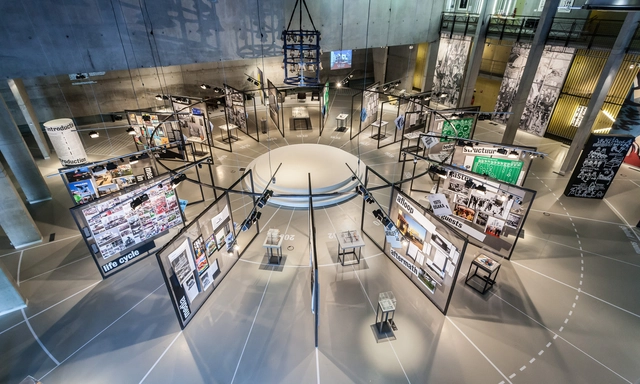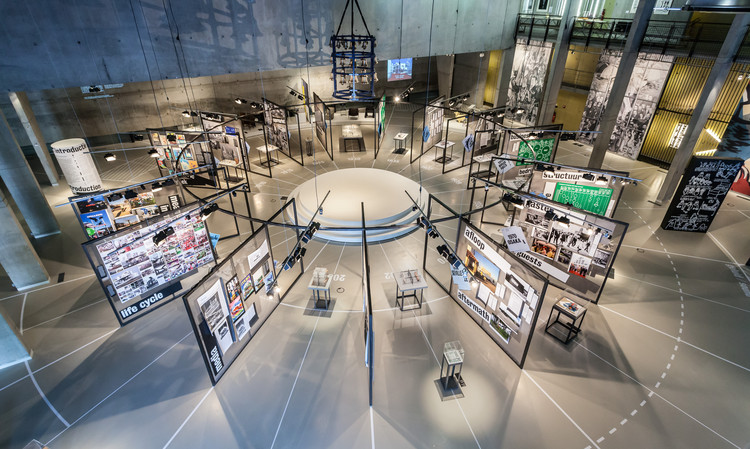
Volume is an "agenda-setting" quarterly magazine, published by the Archis Foundation (The Netherlands). Founded in 2005 as a research mechanism by Ole Bouman (Archis), Rem Koolhaas (OMA*AMO), and Mark Wigley (Columbia University Laboratory for Architecture/C-Lab), the project "reaches out for global views on designing environments, advocates broader attitudes to social structures, and reclaims the cultural and political significance of architecture."
Over the next six weeks Volume will share a curated selection of essays from The System* on ArchDaily. This represents the start of a new partnership between two platforms with global agendas: in the case of ArchDaily to provide inspiration, knowledge and tools to architects across the world and, in the case of Volume, "to voice architecture any way, anywhere, anytime [by] represent[ing] the expansion of architectural territories and the new mandate for design."































